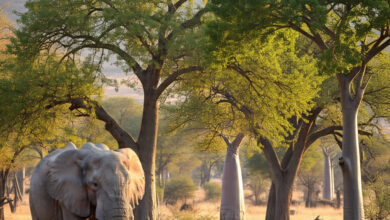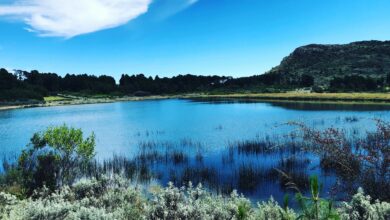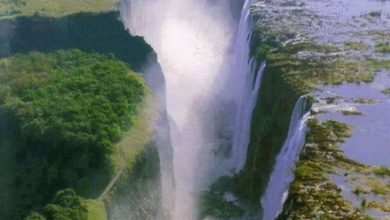The Growing Importance of Transfrontier Conservation Areas in SADC

In southern Africa, where diverse ecosystems stretch across borders, Transfrontier Conservation Areas in SADC have become a powerful symbol of unity, biodiversity protection, and sustainable development. These areas, often called “peace parks,” link national parks and nature reserves across borders, enabling wildlife to roam freely and communities to collaborate on conservation.
Furthermore, one of the most remarkable aspects of these cross-border reserves is how they blend environmental integrity with human development. Whether it’s the Great Limpopo, which links South Africa, Mozambique, and Zimbabwe, or the Kavango-Zambezi (KAZA), which spans five countries, Transfrontier Conservation Areas in SADC are redefining the future of conservation through cooperation.
Cross-Border Conservation Zones: A New Vision for Shared Natural Heritage
Also, at the heart of this approach is the idea that wildlife doesn’t recognise political borders—and neither should conservation. These cross-border conservation zones provide safe migratory routes for elephants, lions, and other species that rely on seasonal movement. Furthermore, without fences or artificial barriers, nature can thrive, and local people can benefit from ecotourism and community-led development.
For villagers, the presence of such zones has brought both hope and income. When tourists come to see wildlife, they can sell crafts and offer guiding services. This is common in regions where peace parks exist, showing how conservation can be both human-centred and effective.
Peace Parks in Southern Africa: Where Ecology Meets Diplomacy
Transfrontier Conservation Areas in SADC are also helping to mend political relationships. Many of these parks exist in regions that once had strained ties or conflict. By working together on environmental goals, countries are rebuilding trust. In the case of KAZA, nations that share the mighty Zambezi River now share strategies for managing elephant populations and preserving wetlands. It’s a rare moment where ecology and diplomacy intersect for the greater good.
According to Peace Parks Foundation, over 500,000 square kilometres of land are already included in these areas, making it one of the most ambitious conservation strategies on the continent.
Biodiversity Corridors in SADC: More Than Just Land Protection
Biodiversity corridors in SADC capture the broader ecological value of these areas. They protect not only charismatic megafauna but also the ecosystems that support birds, reptiles, and rare plants. By securing these corridors, governments help ensure the long-term resilience of ecosystems against climate change.
The importance of Transfrontier Conservation Areas in SADC cannot be overstated. These landscapes are not just about saving animals. They are about connecting people, creating livelihoods, and protecting the future of southern Africa’s natural and cultural wealth.
Shared Ecosystems, Shared Prosperity
The economic potential is massive. According to WWF, sustainable ecotourism in these areas could bring millions in revenue and thousands of jobs to rural communities. And because these jobs often rely on preserving the environment, they create a positive feedback loop where conservation fuels economic stability.
Efforts to integrate local voices in park management are gaining traction. Women’s cooperatives, community rangers, and youth training programs are all part of this inclusive model. With community engagement at its core, Transfrontier Conservation Areas in SADC are slowly becoming hubs of shared prosperity.
The Road Ahead for Conservation in Southern Africa
As pressures from deforestation, poaching, and climate change mount, these transboundary reserves offer a model of resilience. They’re not just parks—they’re lifelines. Whether you’re a conservationist, policymaker, or just someone who cares about Africa’s future, investing in Transfrontier Conservation Areas in SADC is investing in hope.





